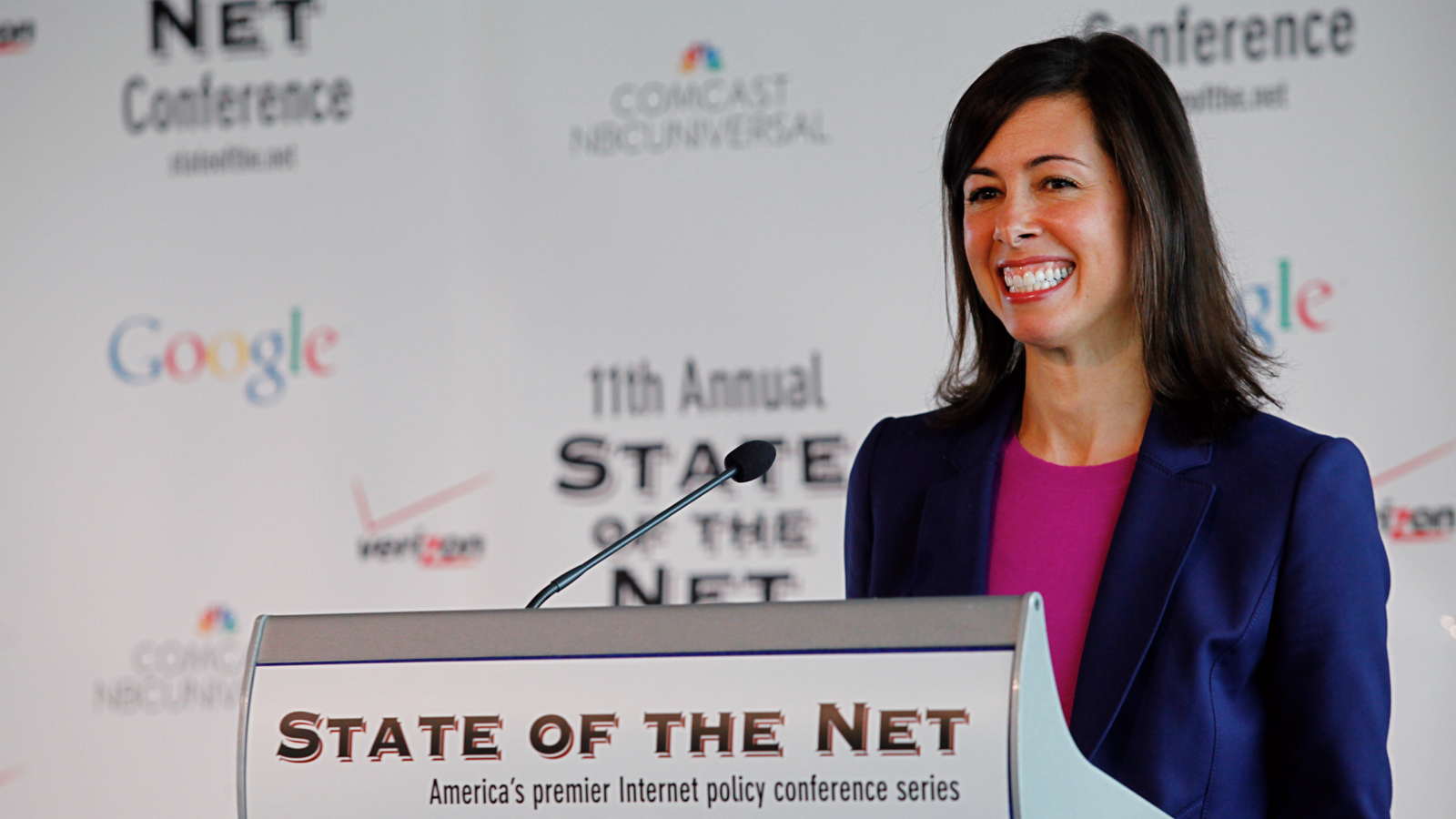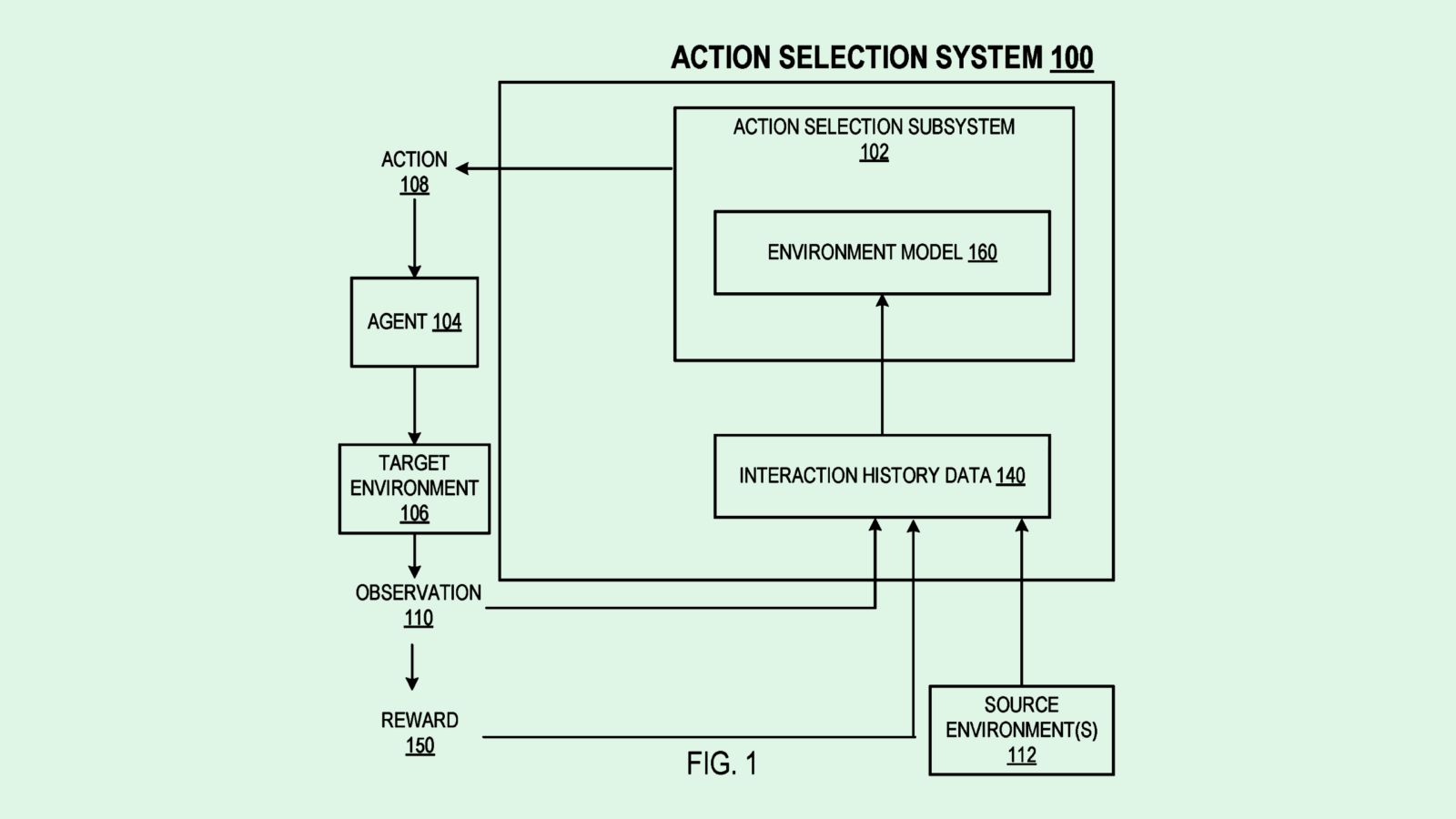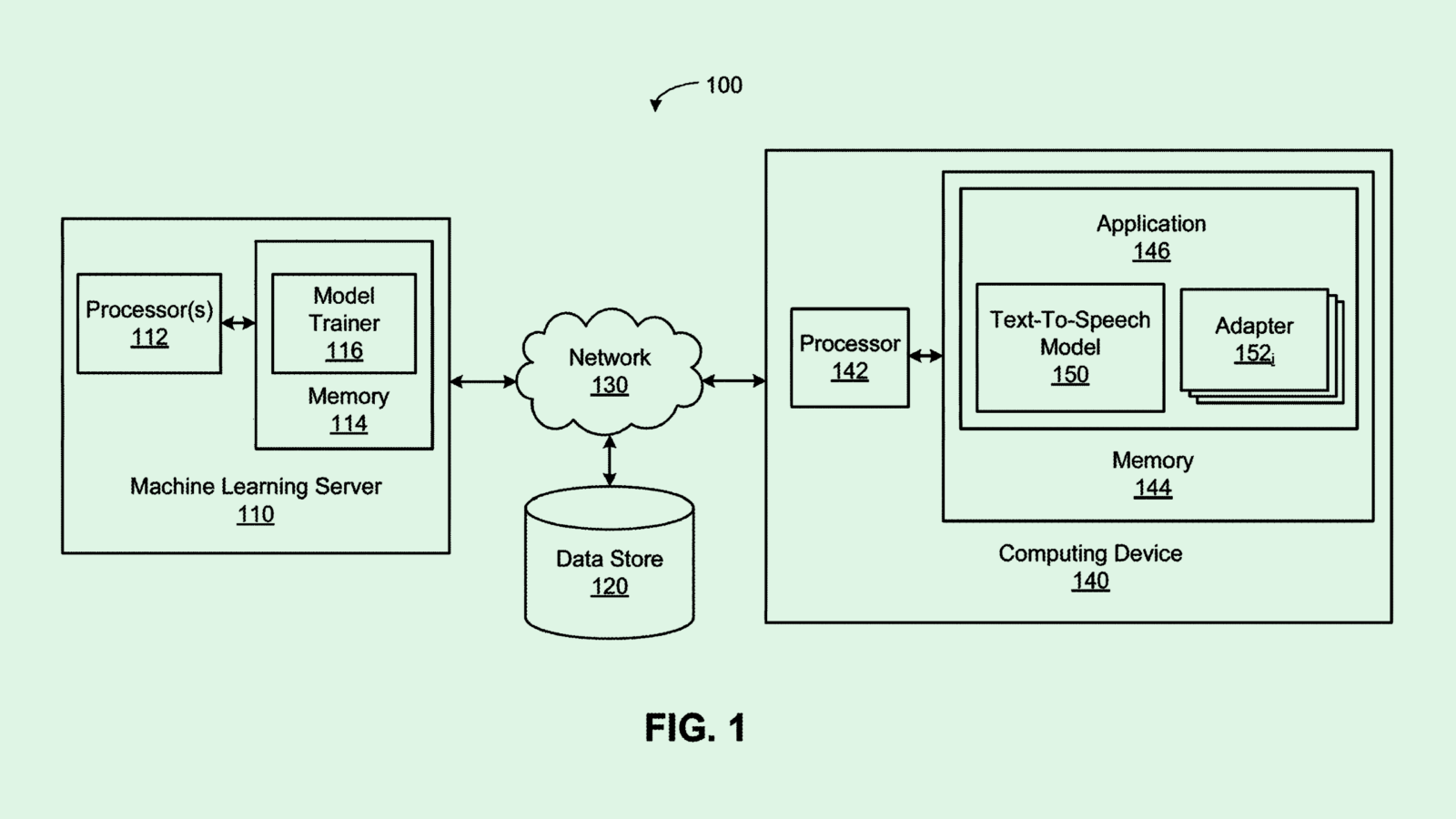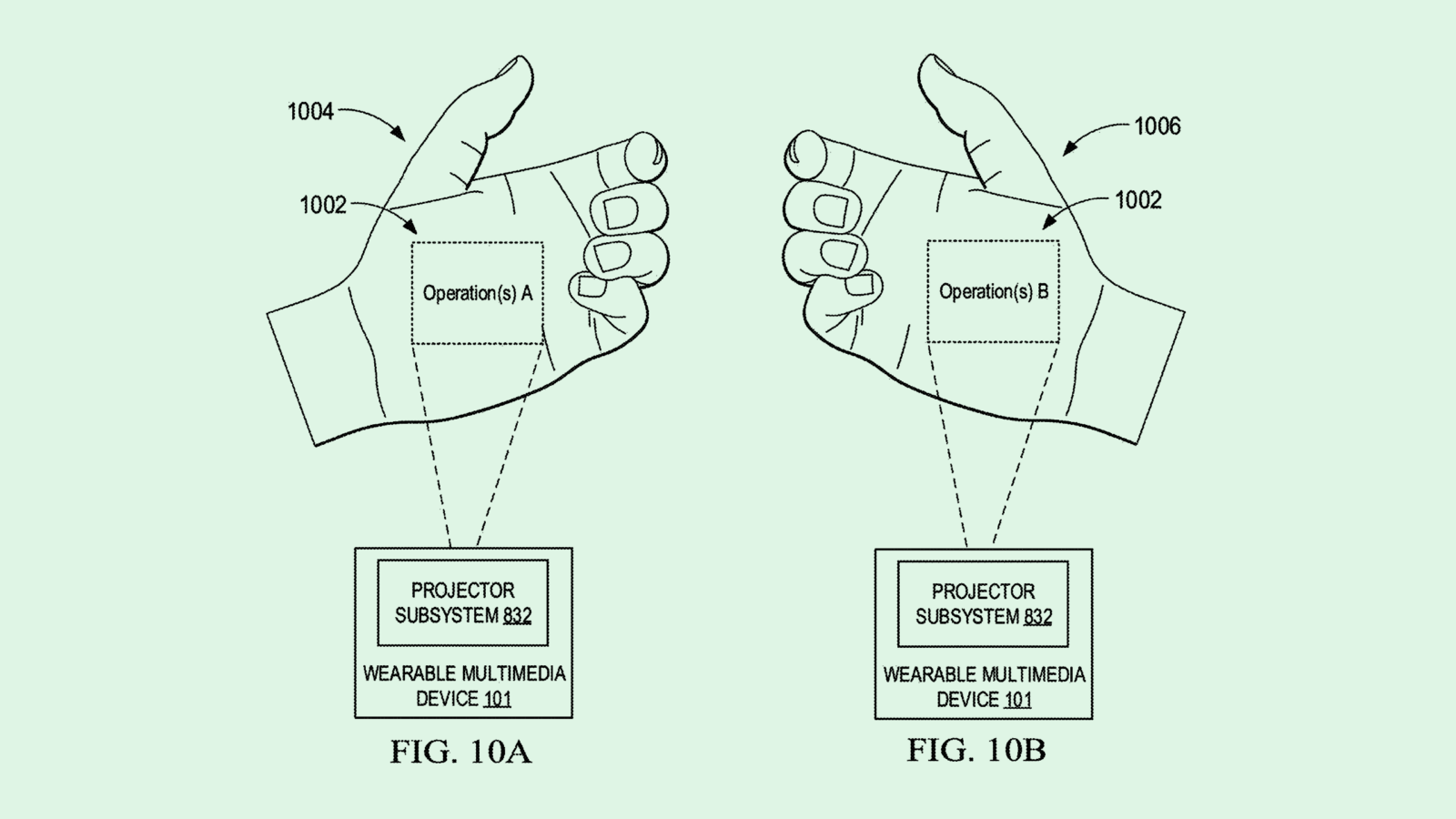
Sign up for smart news, insights, and analysis on the biggest financial stories of the day.
Remember when temp Ryan Howard from The Office was promoted to VP of Northeastern sales for Dunder Mifflin? That’s what’s happening all across the US.
The number of temporary workers has been trending downward since the start of the year, and while that’s traditionally signaled a tough labor market, it looks like quite the opposite.
You’re Hired
Temporary employment jobs typically disappear when the economy stumbles. As revenues slump and companies begin to cut back, temp work is often quickly on the chopping block. The temp-layoff pattern came ahead of downturns in both 2001 and 2007. While the pandemic had much less build-up since it originated as a health crisis, temp workers plummeted by roughly 1 million between March and April 2020.
But with the US temp worker total at 3 million and falling, this time the decline is actually a good thing:
- Inflation still sits higher than desired, and Fed rate hikes have made it more difficult to get loans for big purchases. But the labor market and wages are looking fairly solid, all things considered. The unemployment rate is back down to pre-pandemic levels at 3.5% — with about 185,000 jobs added last month — and worker pay is outpacing inflation thanks to gains among low-income employees.
- There are 1.5 jobs available for every unemployed person, so those seeking work have more options these days, including moving to full-time work from temp jobs. For staffing agency Manpower, the conversion of their temps to full-time employees has roughly doubled since the pandemic from 7% to 13%, The Wall Street Journal reported.
Temp Bill of Rights: Those still in temporary positions have become a bit more comfortable, specifically in New Jersey, home to about 127,000 temp workers. Last month, the Garden State’s Temporary Workers’ Bill of Rights went into effect. The resolution mandates that temp workers must receive pay and benefits equal to the average full-time employee compensation, which in some cases could have them earning more than a person in an entry-level position.









